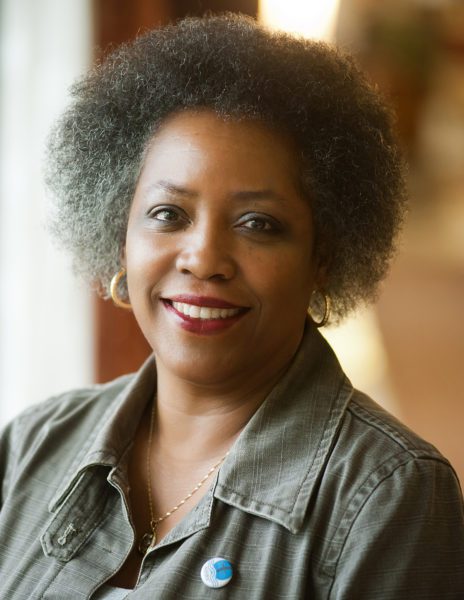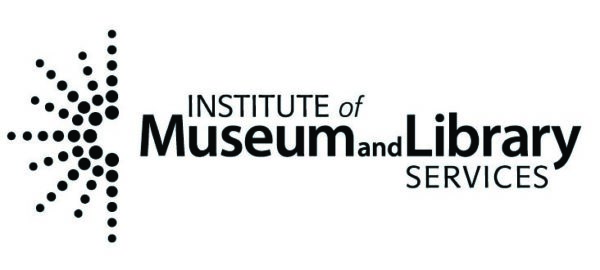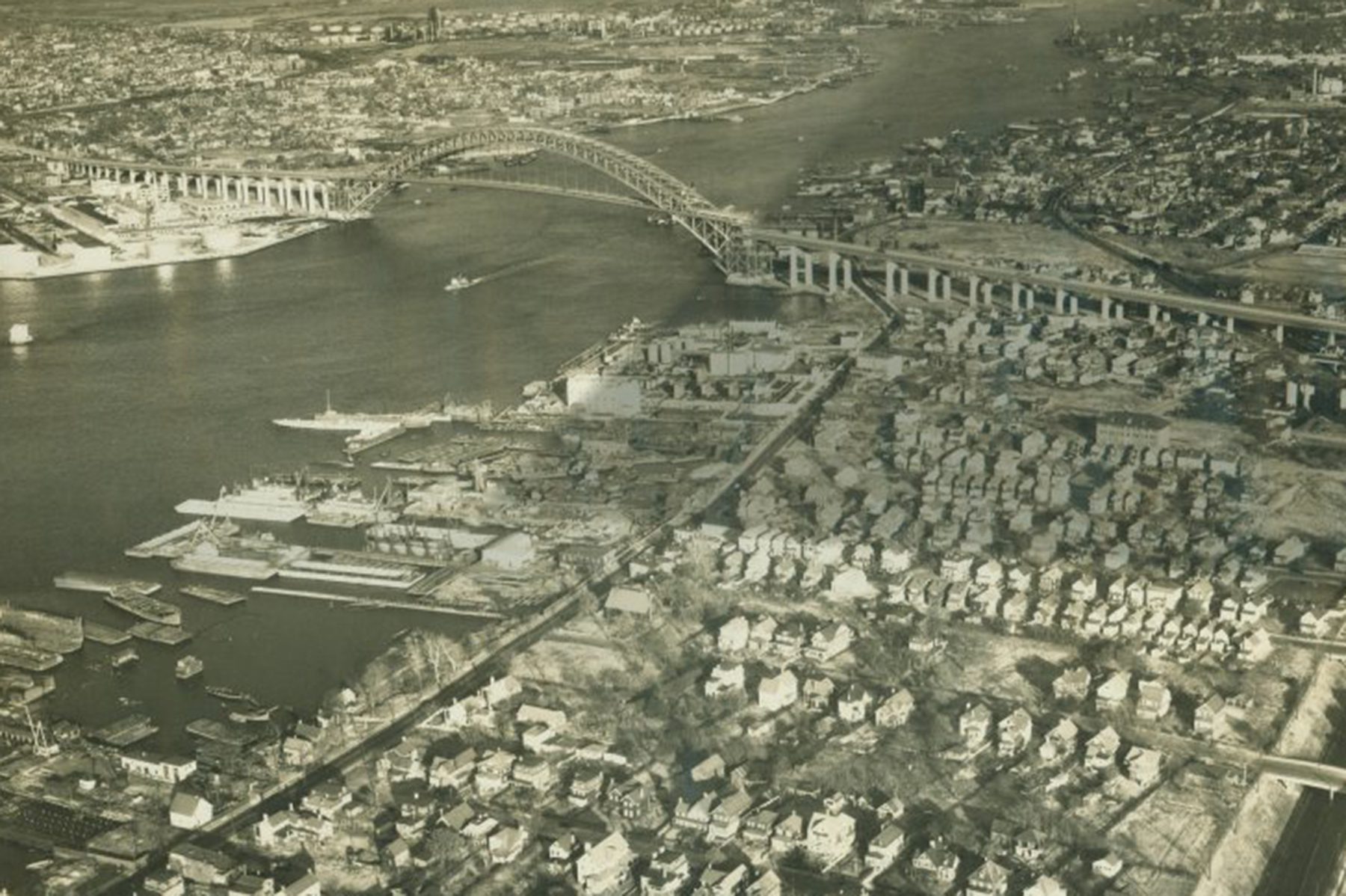
- This event has passed.
Site Unseen Podcast: Beryl Thurman and the North Shore Waterfront
Saturday, March 5, 2022
Site Unseen takes listeners into the Staten Island Museum’s collections to see how documents, photos, and objects illuminate local history. Audio shorts bring together present-day advocates, policymakers and historians, to retell, reveal, and amplify site-specific stories.
Episode 2: Beryl Thurman and the North Shore Waterfront
As industries sprouted up on the Kill Van Kull, Staten Island’s economy became ever more linked with the rest of the region – a link that was strengthened with the construction of the Bayonne Bridge, which opened in 1931. Beryl Thurman’s work explores the extent to which the remnants of this industrial age still impact the residents who live along the Kill today.
“The more you know about your environment, the better advocate you can be for Staten Island. And that’s what Staten Island really needs, it needs more advocates, it needs more people that think through the process.”
– Beryl Thurman
About Beryl Thurman

Beryl Thurman is originally from Cleveland, Ohio, she is graduate of Baldwin Wallace University where she majored in Art, and is a member of Delta Sigma Theta Sorority.
She is a founding member of the North Shore Waterfront Conservancy of Staten Island, Inc. In 2005 the same year that Hurricane Katrina hit New Orleans, Beryl became the executive director/president of NSWC. From that point on she combined the research that she had done on the waterfront contaminated sites with realities of living in a waterfront community that is extremely vulnerable to Climate Change’s sea level rising, storm surges and flooding. From 2005 until present NSWC has dedicated its efforts by attempting to fast track the remediation that are needed for these contaminated waterfront sites on Staten Island’s North Shore to protect the Environmental Justice communities that are behind them. She authored two Environmental Justice booklets: “Staten Island’s Gold Coast: 5.2 miles from St. George to Arlington” and “Shore Up: Community Resilience and Adaptation.”


